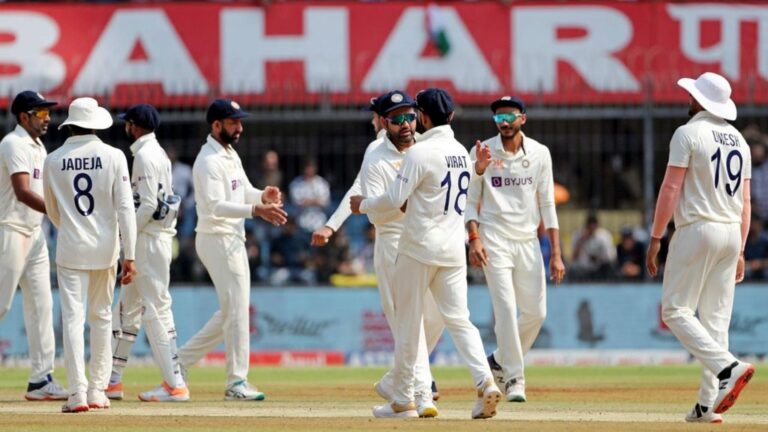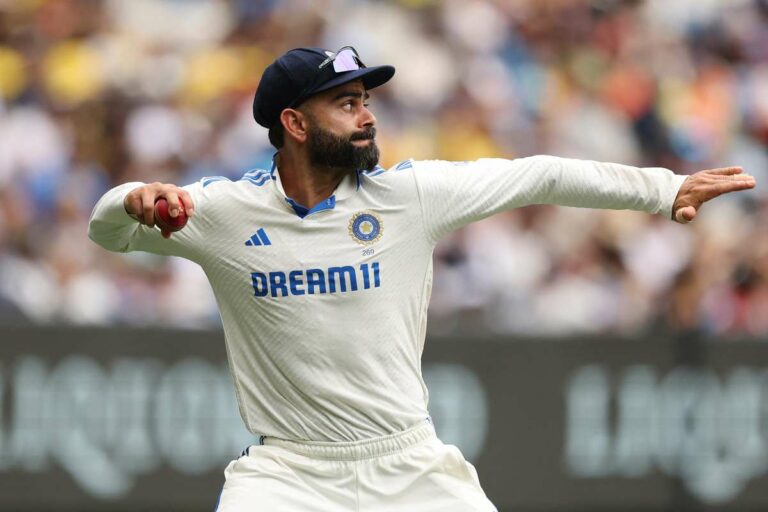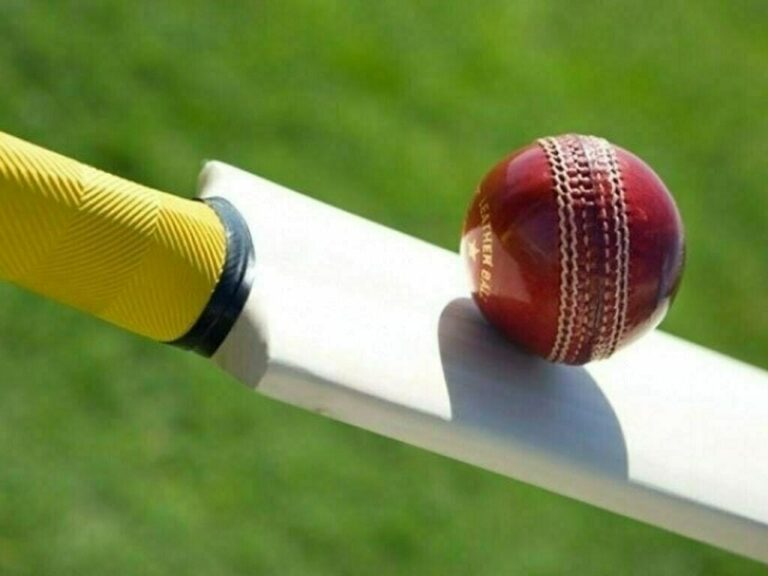Integrating Sports Science into Cricket Conditioning
sky247 com login password, 11xplay new id sign up, play99exch:Cricket is a sport that requires a unique blend of skills, strength, agility, and endurance. To excel in this sport, players must undergo rigorous conditioning programs that focus on improving their physical abilities while also preventing injuries. Integrating sports science into cricket conditioning has become increasingly popular in recent years, as teams look to gain a competitive edge by utilizing the latest research and techniques in the field.
Sports science is a multidisciplinary field that combines principles of physiology, biomechanics, psychology, and nutrition to optimize athletic performance and reduce the risk of injury. By incorporating these principles into cricket conditioning programs, players can improve their strength, speed, power, and endurance, leading to better on-field performances.
Here are some ways in which sports science can be integrated into cricket conditioning:
1. Strength Training: Sports science can help cricket coaches design strength training programs that target specific muscle groups used in cricket, such as the legs, core, and shoulders. By incorporating exercises that mimic the movements of batting, bowling, and fielding, players can improve their power and explosiveness on the field.
2. Speed and Agility Training: Speed and agility are crucial components of cricket, as players need to be able to sprint between the wickets, cover ground in the field, and react quickly to balls. Sports science can help coaches design drills and exercises that improve players’ speed, agility, and reaction time, leading to faster and more nimble players.
3. Injury Prevention: Injuries are common in cricket due to the repetitive nature of the sport and the high forces placed on the body during activities like bowling and batting. Sports science can help identify potential injury risks in players and design conditioning programs that address these weaknesses, reducing the likelihood of injuries occurring.
4. Recovery Strategies: Sports science can also help cricket teams develop effective recovery strategies, such as nutrition, hydration, sleep, and recovery modalities like ice baths and compression garments. By optimizing recovery, players can recover faster from training sessions and matches, reducing the risk of overuse injuries and fatigue.
5. Performance Analysis: Sports science techniques such as video analysis and biomechanics can help cricket coaches assess players’ techniques and identify areas for improvement. By analyzing players’ movements and techniques, coaches can provide targeted feedback and develop tailored training programs to enhance performance.
6. Mental Skills Training: Sports psychology is another important aspect of sports science that can be integrated into cricket conditioning. Mental skills training can help players develop focus, confidence, resilience, and composure under pressure, leading to better performance on the field.
In conclusion, integrating sports science into cricket conditioning can greatly benefit players by improving their physical abilities, reducing the risk of injuries, and enhancing their performance on the field. By utilizing the latest research and techniques in sports science, cricket teams can gain a competitive edge and help their players reach their full potential.
FAQs:
Q: How often should cricket players undergo strength training?
A: Cricket players should aim to incorporate strength training into their conditioning programs at least 2-3 times per week, focusing on different muscle groups each session.
Q: Are recovery strategies essential for cricket players?
A: Yes, recovery strategies are crucial for cricket players to help them recover faster from training sessions and matches, reduce the risk of injuries, and perform at their best on the field.







